This study identifies a molecular mechanism promoting fruit shape variation. Local meristem identity is maintained through autoregulatory activation of the STM gene to allow post-fertilization changes in fruit morphology.
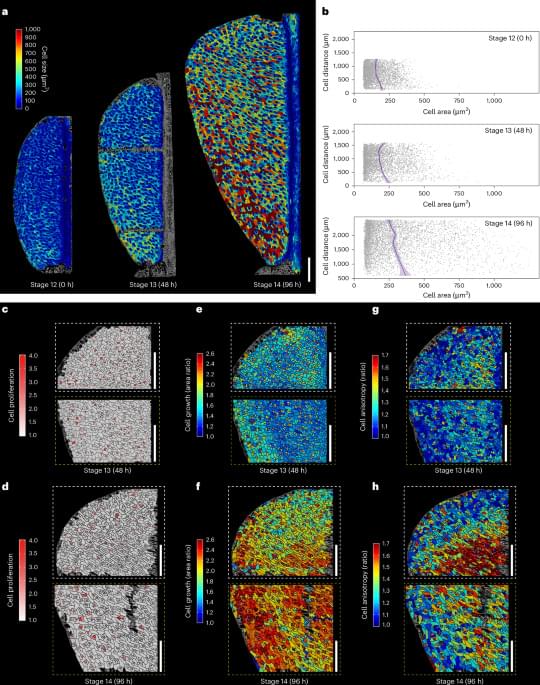

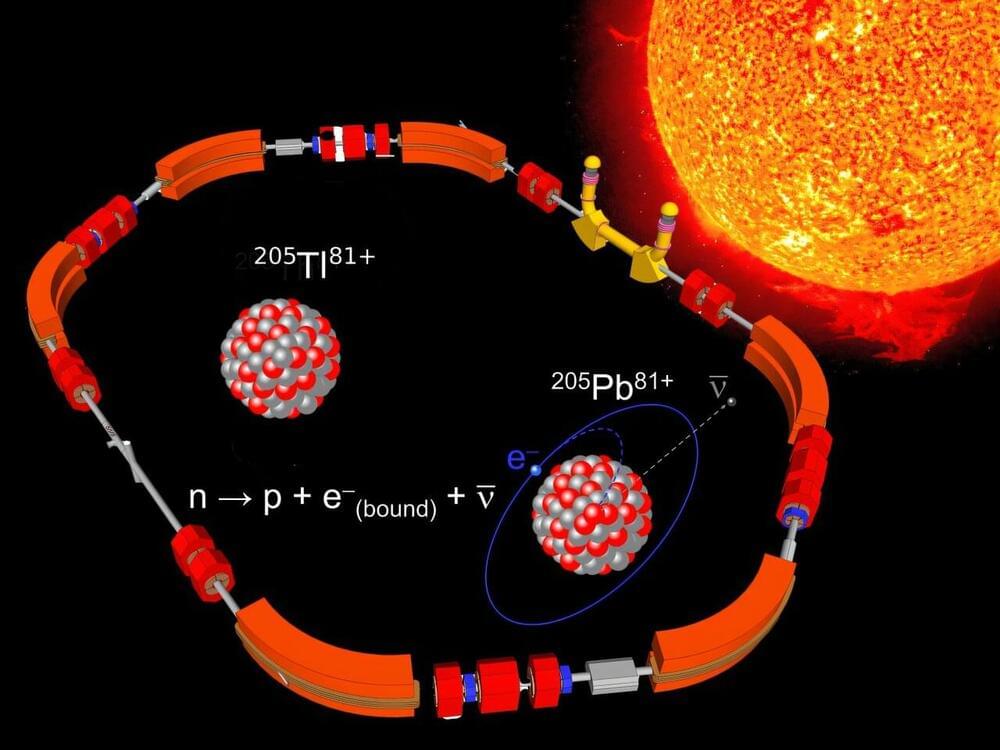
The sun, the essential engine that sustains life on Earth, generates its tremendous energy through the process of nuclear fusion. At the same time, it releases a continuous stream of neutrinos—particles that serve as messengers of its internal dynamics. Although modern neutrino detectors unveil the sun’s present behavior, significant questions linger about its stability over periods of millions of years—a timeframe that spans human evolution and significant climate changes.
Finding answers to this is the goal of the LORandite EXperiment (LOREX) that requires a precise knowledge of the solar neutrino cross section on thallium. This information has now been provided by an international collaboration of scientists using the unique facilities at GSI/FAIR’s Experimental Storage Ring ESR in Darmstadt to obtain an essential measurement that will help to understand the long-term stability of the sun. The results of the measurements have been published in the journal Physical Review Letters.
LOREX is the only long-time geochemical solar neutrino experiment still actively pursued. Proposed in the 1980s, it aims to measure solar neutrino flux averaged over a remarkable four million years, corresponding to the geological age of the lorandite ore.
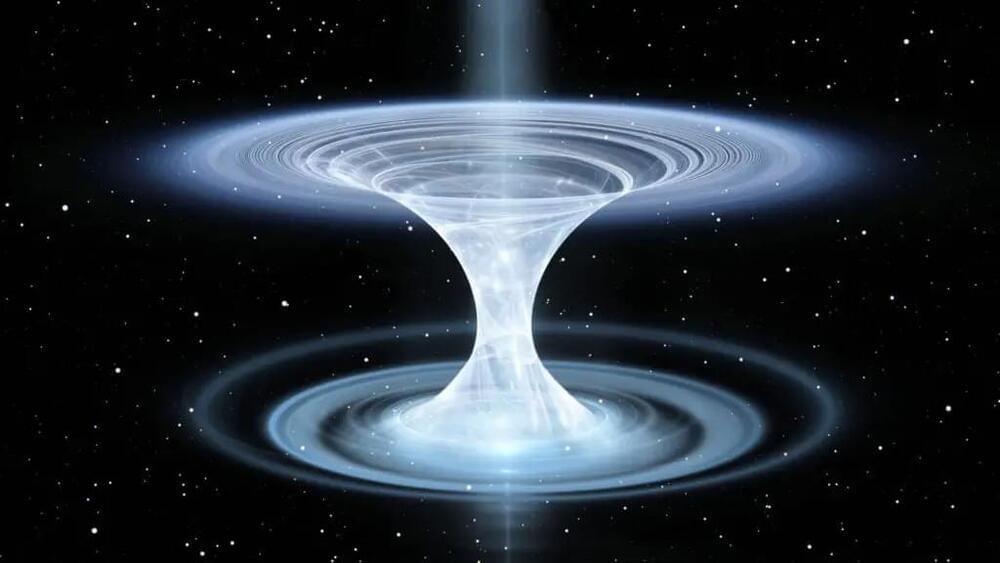
Black holes have long fascinated scientists, known for their ability to trap anything that crosses their event horizon. But what if there were a counterpart to black holes? Enter the white hole—a theoretical singularity where nothing can enter, but energy and matter are expelled with immense force.
First proposed in the 1970s, white holes are essentially black holes in reverse. They rely on the same equations of general relativity but with time flowing in the opposite direction. While a black hole pulls matter in and lets nothing escape, a white hole would repel matter, releasing high-energy radiation and light.
Despite their intriguing properties, white holes face significant scientific challenges. The laws of thermodynamics, particularly entropy, make it improbable for matter to move backward in time, as white holes would require. Additionally, introducing a singularity into the Universe without a preceding collapse defies current understanding of cosmic evolution.
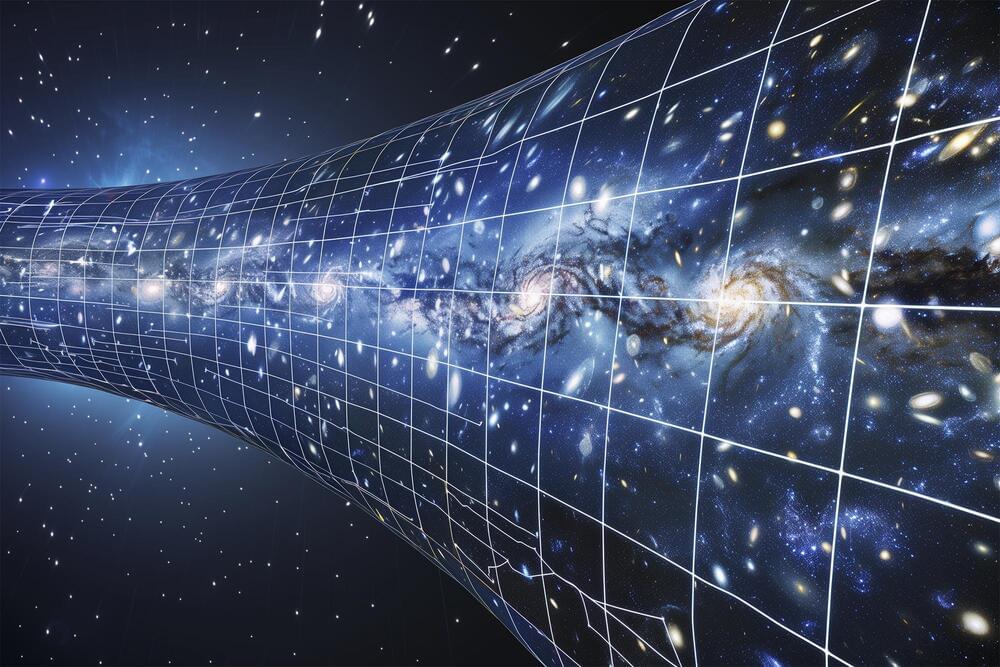
New analysis supports Einstein’s relativity and narrows neutrino mass ranges, hinting at evolving dark energy.
Gravity, the fundamental force sculpting the universe, has shaped tiny variations in matter from the early cosmos into the vast networks of galaxies we see today. Using data from the Dark Energy Spectroscopic Instrument (DESI), scientists have traced the evolution of these cosmic structures over the past 11 billion years. This research represents the most precise large-scale test of gravity ever conducted, offering unprecedented insights into the universe’s formation and behavior.
Introduction to DESI and its global impact.
Delivering Innovative, Compassionate And Accessible Patient Care — Robert Stone, CEO — City of Hope & Dr. Marcel van den Brink, MD, PhD, President, City of Hope Comprehensive Cancer Center.
Robert Stone is the CEO of City of Hope (https://www.cityofhope.org/robert-stone), a premier cancer research and treatment center dedicated to innovation in biomedical science and the delivery of compassionate, world-class patient care. A seasoned health care executive, he has served in a number of strategic decision-making roles since he joined City of Hope in 1996, culminating with his appointment as president in 2012, CEO in 2014, and as the Helen and Morgan Chu Chief Executive Officer Distinguished Chair in 2021.
Mr. Stone has J.D., University of Chicago Law School, Chicago, IL.
Mr. Stone’s strategic acumen, empathy and visionary leadership have driven City of Hope’s rapid evolution.
As an independent institution dedicated to advancing the fight against cancer and diabetes, City of Hope is accelerating opportunities for high-impact discovery and ensuring that patients around the world have access to the most advanced therapies. Recent examples include a groundbreaking alliance in precision medicine with the Translational Genomics Research Institute (TGen), a leader in genomic analysis and bioinformatics; leadership in CAR T cell therapy research and therapy; and an innovative program to offer cancer support services to the employees of some of American’s largest employers, regardless of geography.
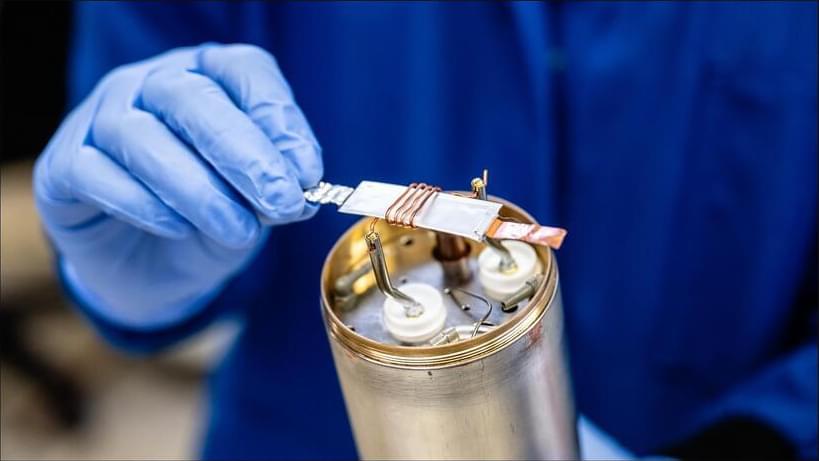
Researchers at the U.S. Department of Energy’s (DOE) Argonne National Laboratory have developed and demonstrated an innovative set of methods to evaluate long-term aging in real-world battery cells. The methods, described in a recent paper, are based on a phenomenon called nuclear magnetic resonance (NMR), commonly used in medical imaging. This is the first-ever NMRspectroscopy capability that can track in fine detail how the chemistry of commercial pouch battery cells evolves over years of operation.
Argonne develops a novel method that uses nuclear magnetic resonance spectroscopy to characterize the chemical evolution inside battery cells over years of operation.
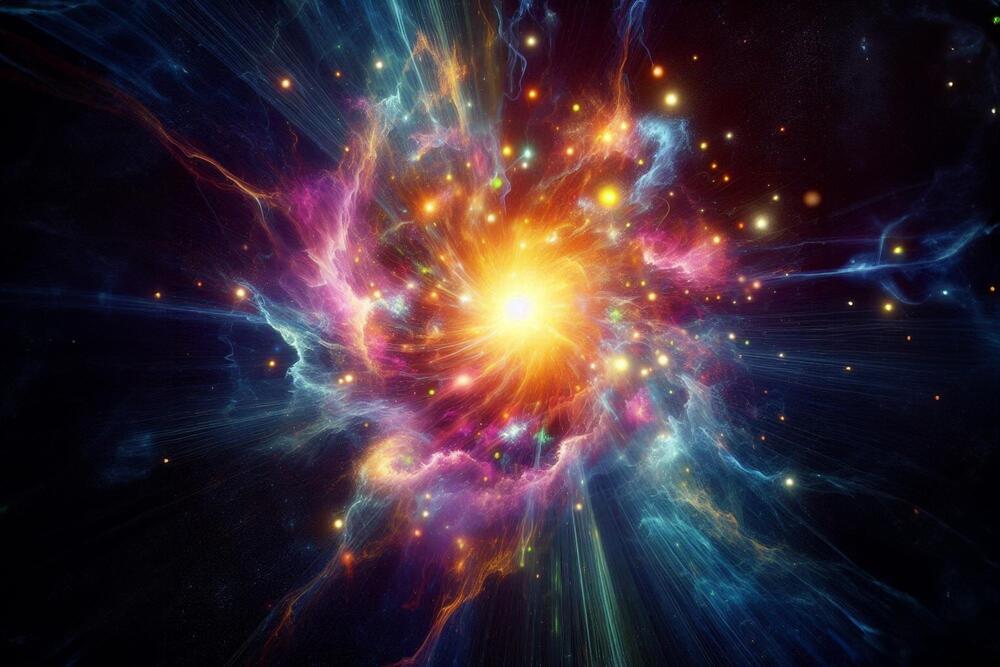
Researchers have documented a rare supernova, 2023ufx, the most metal-poor stellar explosion observed, located in a dwarf galaxy.
This finding is crucial as it mirrors the early universe’s conditions, aiding astronomers in understanding galaxy formation and evolution.
Discovery of a Unique Supernova.

Researchers have discovered that old elliptical galaxies can form from intense star formation in early galaxy cores.
This finding, derived from data analyzed by the Atacama Large Millimeter/submillimeter Array, shows that these spheroidal galaxies, often considered static and inert, were once dynamic regions of intense star formation during the cosmic noon. This transformative view on galaxy evolution helps clarify the processes behind the formation of the universe’s most massive galaxies.
Groundbreaking Discovery in Galaxy Formation.
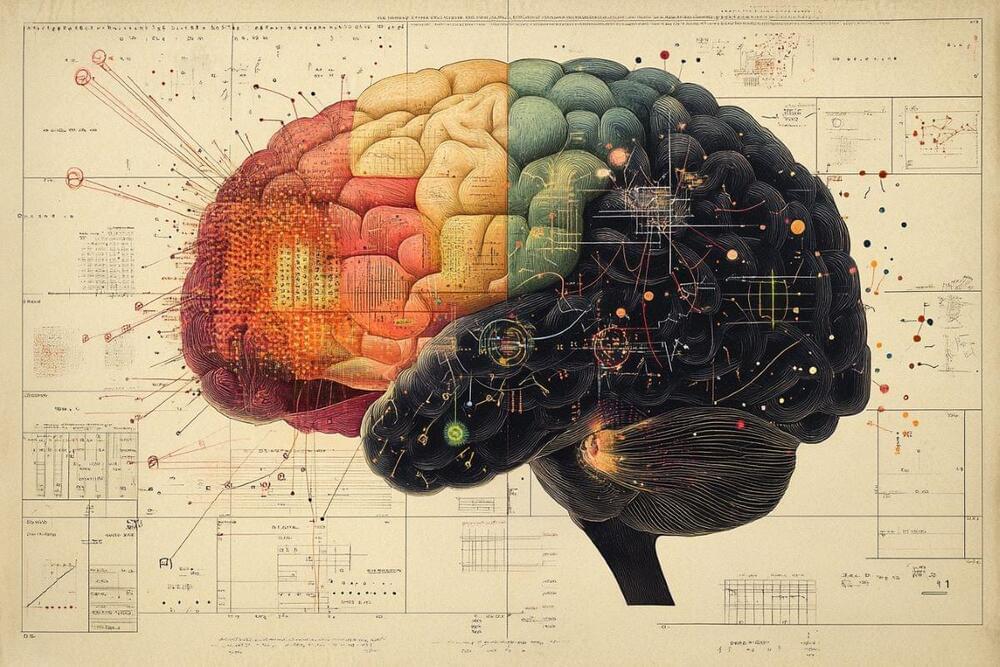
Summary: Human number cognition may be rooted in the putamen, a deep brain structure traditionally associated with movement rather than abstract thought. Neurosurgery patients demonstrated activity in this area while processing numbers as symbols, words, and concepts, suggesting that numerical understanding emerged early in evolution.
Researchers also observed activity in expected areas like the parietal lobe, highlighting how different brain regions collaborate in number processing. These findings could improve surgical outcomes by protecting areas crucial for number cognition and open pathways to enhancing math learning through targeted interventions.
Subboor Ahmad is a Muslim evolution critic who likes to quote academics to support his case. One in particular is Elliott Sober, whom Subboor described as \.